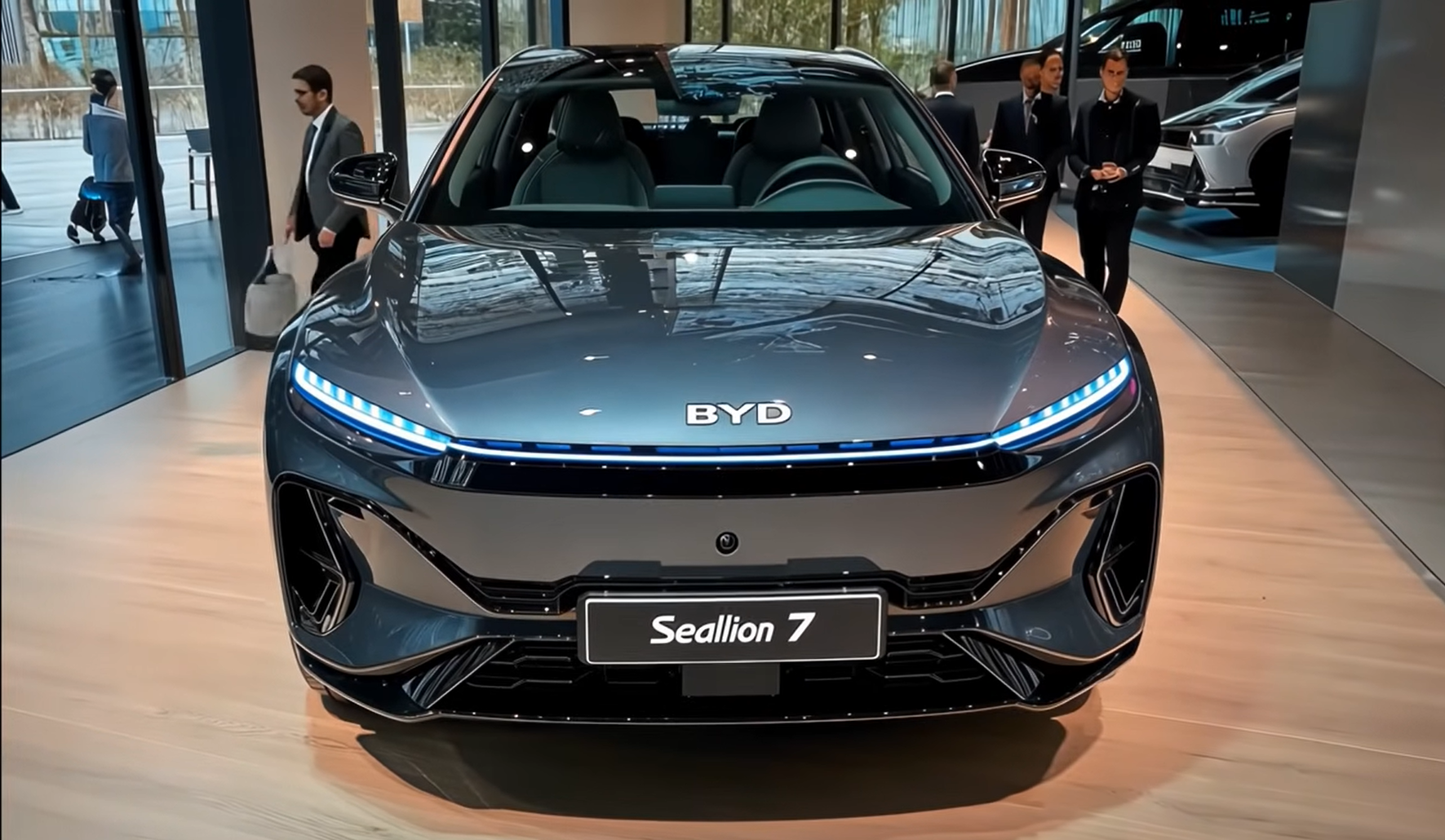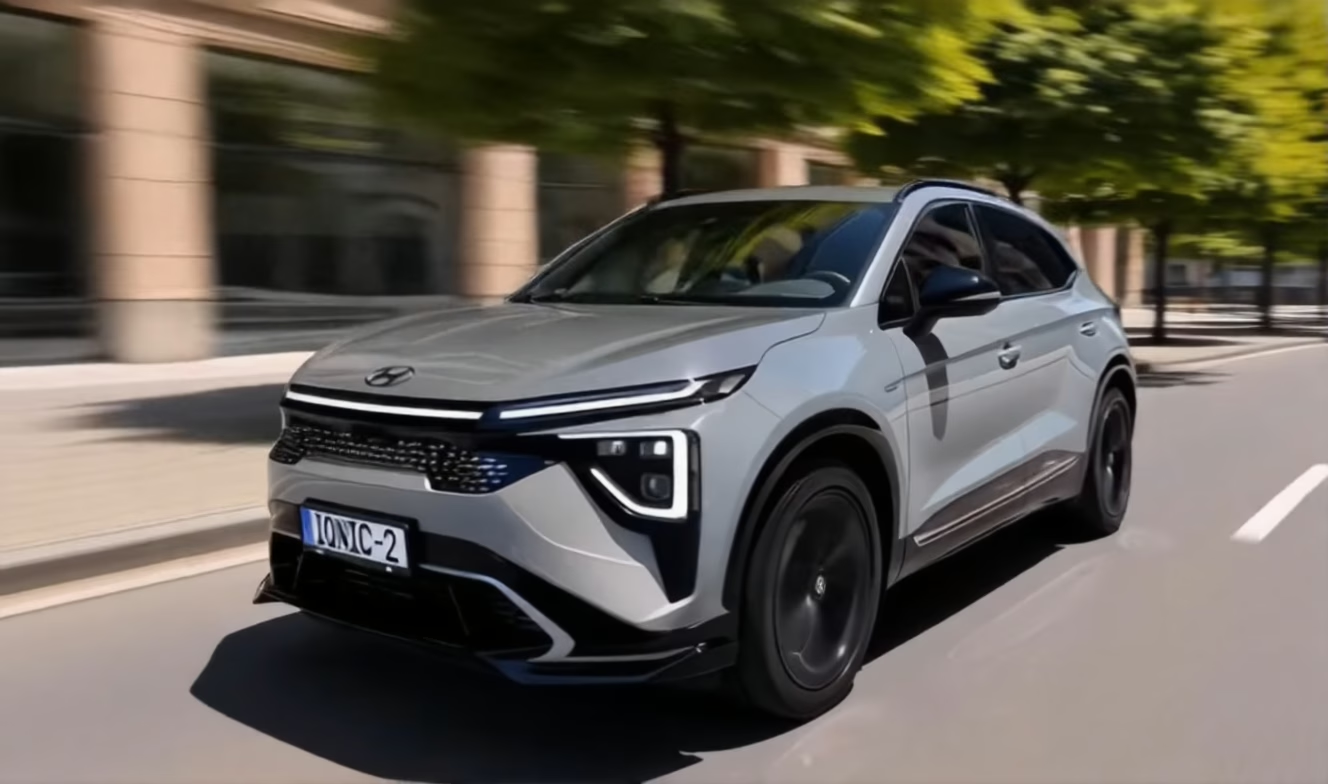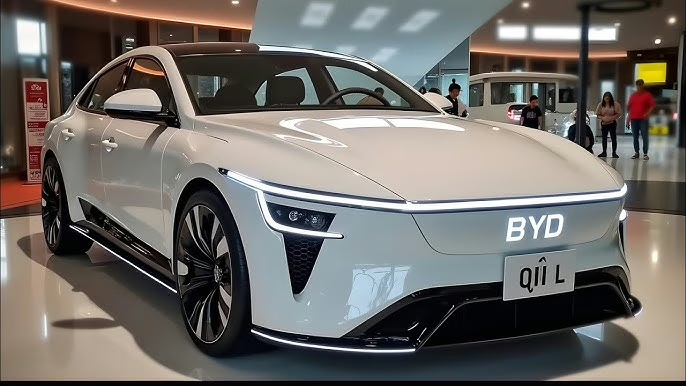
The world of pickup trucks is on the cusp of a seismic shift, and the rumblings are getting louder as we approach 2026. Ford appears ready to challenge the long-reigning king of the mid-size segment, the Toyota Hilux, with its ambitious new offering: the 2026 Ford Ranger Hybrid. This isn’t just about a modest boost in fuel economy; it’s about a bold, plug-in hybrid strategy designed to deliver more power, integrate groundbreaking technology, and potentially offer a value proposition that could shake up the entire segment. Automotive enthusiasts and workhorse buyers alike are asking: could this truly be the Hilux killer we’ve been waiting for? Let’s dive deep into the design, the revolutionary plug-in hybrid engine, and the feature set Ford hopes will put the Ranger back on top.
A Familiar Yet Refined Design Language
Ford hasn’t sought to reinvent the wheel with the Ranger Hybrid, but rather to evolve its globally acclaimed T6 platform. The result is a truck that looks tougher and more purposeful than ever before. Up front, the imposing C-clamp LED daytime running light signature and the bold, broad grille remain, but keen eyes will spot subtle aerodynamic tweaks. A unique charging port door, seamlessly integrated into the front quarter panel, is the discreet badge of its greener heart. It’s a design choice that speaks volumes: acknowledging its new identity without sacrificing the rugged aesthetic that defines the Ranger.
From the side, the Ranger’s muscular stance holds firm, riding on robust wheel and tire packages perfectly suited for both work and play. The signature integrated box step, a practical touch that simplifies bed access, is still there. More notably, you’ll find the primary charge port flap tucked away neatly behind one of the wheel arches – another thoughtful placement for seamless utility. The rear fascia maintains that strong tailgate design and vertical LED taillights. But here’s where the utility truly breaks new ground: the availability of Ford’s Pro Power Onboard system. This ingenious feature offers high-power 230V sockets, effectively transforming the truck bed into a mobile 6.9 kW generator. For contractors, campers, or anyone needing portable power, this capability is a significant differentiator that the Toyota Hilux mild-hybrid system simply can’t match, bringing an element of edge computing to the pickup segment.
An Interior That Elevates Digital Connectivity
Stepping inside the Ranger Hybrid, you’re greeted by the same modern, SUV-like cabin that has already won over many buyers. However, this hybrid variant introduces new digital tools that further enhance the experience. Dominating the dash is either a large 10.1-inch or an optional 12.0-inch Sync 4A portrait touchscreen, which serves as the command center for infotainment and most vehicle controls. This is complemented by a crisp 12-inch fully digital instrument cluster, keeping vital information directly in the driver’s line of sight.
In the hybrid model, these screens display crucial new data points, including EV range, charging status, and intuitive power flow diagrams. It’s a smart integration of information that helps drivers understand and optimize their EV driving experience. Despite this high-tech focus, Ford has wisely retained physical controls for critical functions like volume and climate control, a nod to usability that many drivers will appreciate. Unique to the hybrid is an EV mode button on the center console, allowing drivers to select from modes like EV Now for pure electric driving, EV Later to conserve battery charge, and EV Charge, which uses the gasoline engine to top up the battery. This level of control over power delivery is a testament to Ford’s thoughtful approach to AI and industry transformation in modern vehicles. The clever packaging sees the 11.8 kWh usable battery pack tucked away beneath the tray, a design choice that ensures the Ranger Hybrid maintains its critical 3500 kg brake towing capacity and nearly one-ton payload—figures that workhorse buyers simply demand. This dedication to uncompromised capability shows how Ford is reshaping mobility for the future.
The Heart of the Beast: Revolutionary Plug-in Hybrid Powertrain
Under the hood is where the Ranger Hybrid truly distinguishes itself. This isn’t merely an efficient engine; it’s a powerhouse. The plug-in hybrid system mates Ford’s robust 2.3-liter EcoBoost turbocharged petrol engine with a potent 75 kW electric motor, all integrated seamlessly into a 10-speed automatic transmission. The combined system output is nothing short of phenomenal: 207 kW (279 horsepower) and a colossal 797 Newton-meters of torque. This makes it the most torque-rich Ranger ever produced.
2026 Ford Ranger Hybrid: Key Powertrain Specifications
| Component | Specification |
|---|---|
| Engine | 2.3L EcoBoost Turbocharged Petrol |
| Electric Motor | 75 kW |
| Transmission | 10-speed Automatic |
| Combined Power Output | 207 kW (279 hp) |
| Combined Torque Output | 797 Nm |
| Usable Battery Capacity | 11.8 kWh |
| All-Electric Range (Estimated) | ~49 km |
| Combined Fuel Consumption (Estimated) | ~2.9 L/100 km |
| Max Towing Capacity | 3500 kg |
This massive power boost means the hybrid is not only quicker than its diesel siblings but also delivers an impressive punch that easily outclasses the Hilux’s more modest mild-hybrid setup. For those curious about the mechanics of such advanced systems, understanding plug-in hybrid systems is key to appreciating this engineering feat.
The PHEV system provides an all-electric driving range of approximately 49 kilometers, which is ideal for silent, emissions-free operation around urban areas or at a serene campsite. Perhaps the most astounding figure is the estimated combined fuel consumption: a shockingly low 2.9 liters per 100 kilometers. This number truly sets a new benchmark, blowing much of the competition out of the water. It offers high performance for long-distance touring with the peace of mind that comes from having a petrol engine for virtually unlimited range, an exciting development in personal tech and vehicle capabilities.
Is the 2026 Ford Ranger Hybrid the New Benchmark?
The 2026 Ford Ranger Hybrid represents more than just an updated model; it signals a monumental shift in the pickup truck landscape. It retains the legendary Ranger toughness but pairs it with a powertrain that’s not only faster and greener but also significantly more technologically advanced than its primary rival, the Toyota Hilux. Delivering maximum 3.5-ton towing capability, a genuine 50-kilometer electric range, and that game-changing 6.9 kW Pro Power Onboard system, the Ranger Hybrid effectively turns your truck into a mobile workstation. With a combined torque output pushing almost 700 Newton-meters and a fuel economy figure under 3 liters per 100 kilometers, Ford isn’t merely competing; they’re actively setting an electrifying new benchmark for the future of the pickup truck.
This is a clear challenge to established players and an exciting prospect for drivers. Will the blend of speed, uncompromised capability, and impressive plug-in hybrid efficiency make the Ranger Hybrid your next truck? The modern pickup design and engineering behind this vehicle certainly make a strong case for it.




